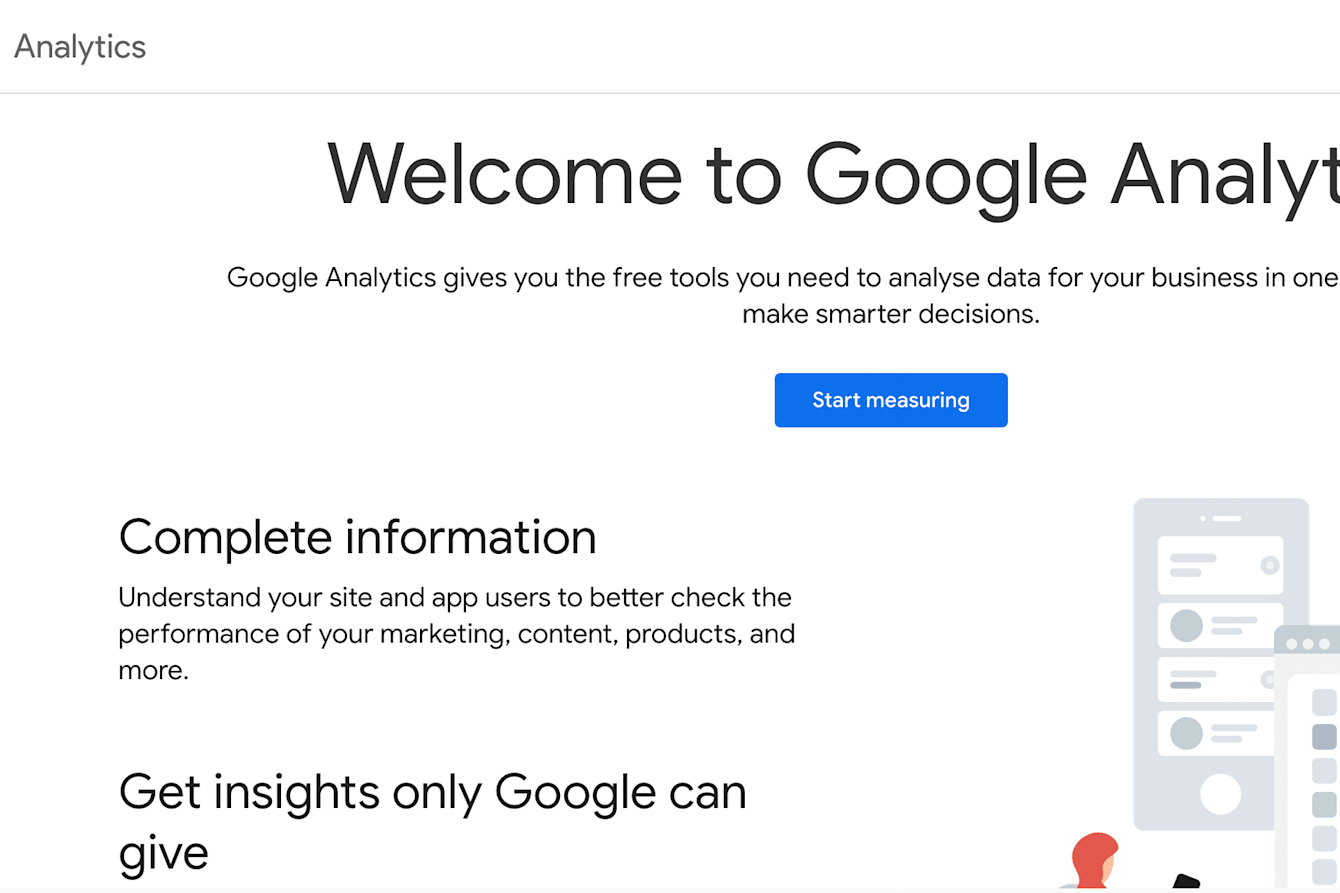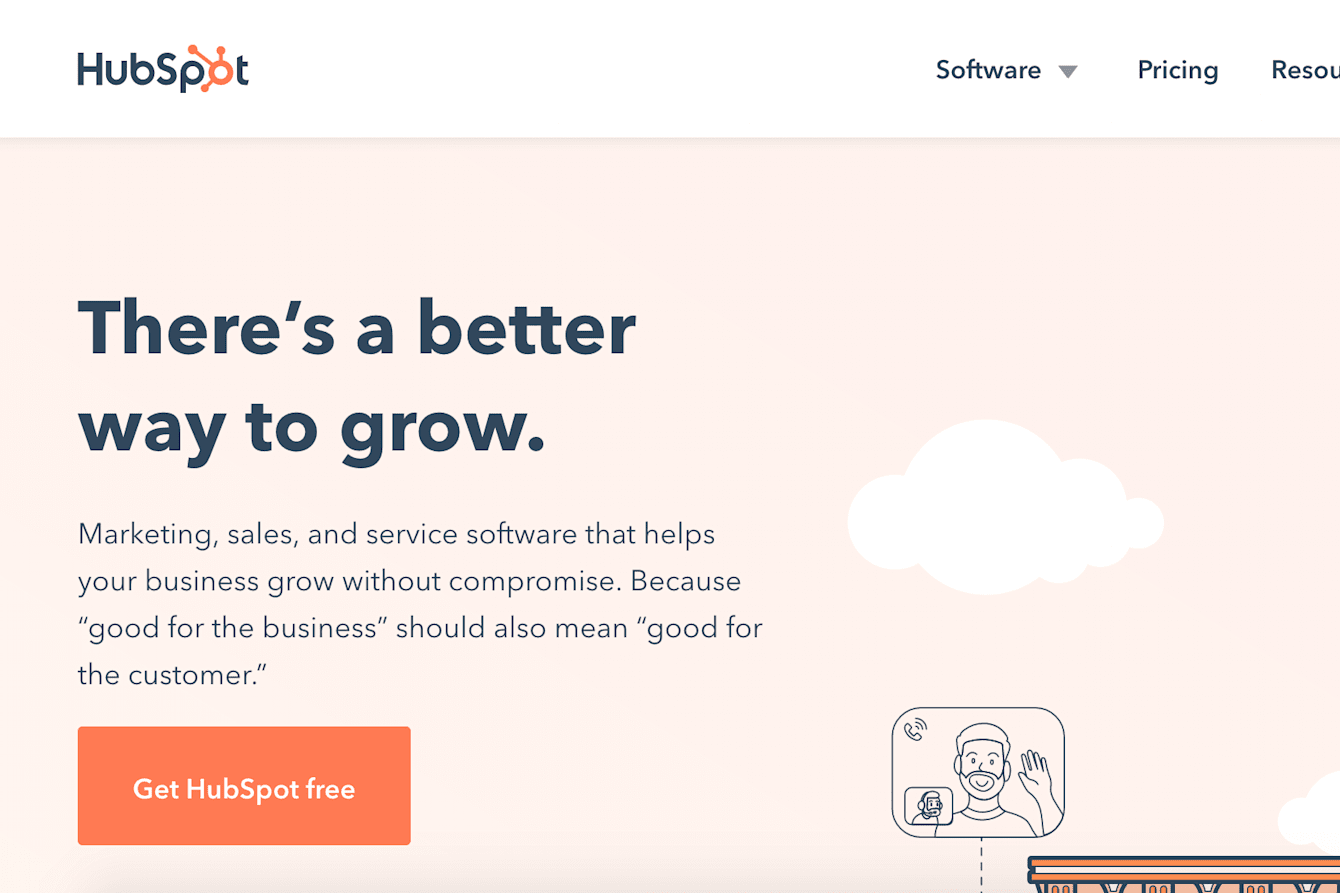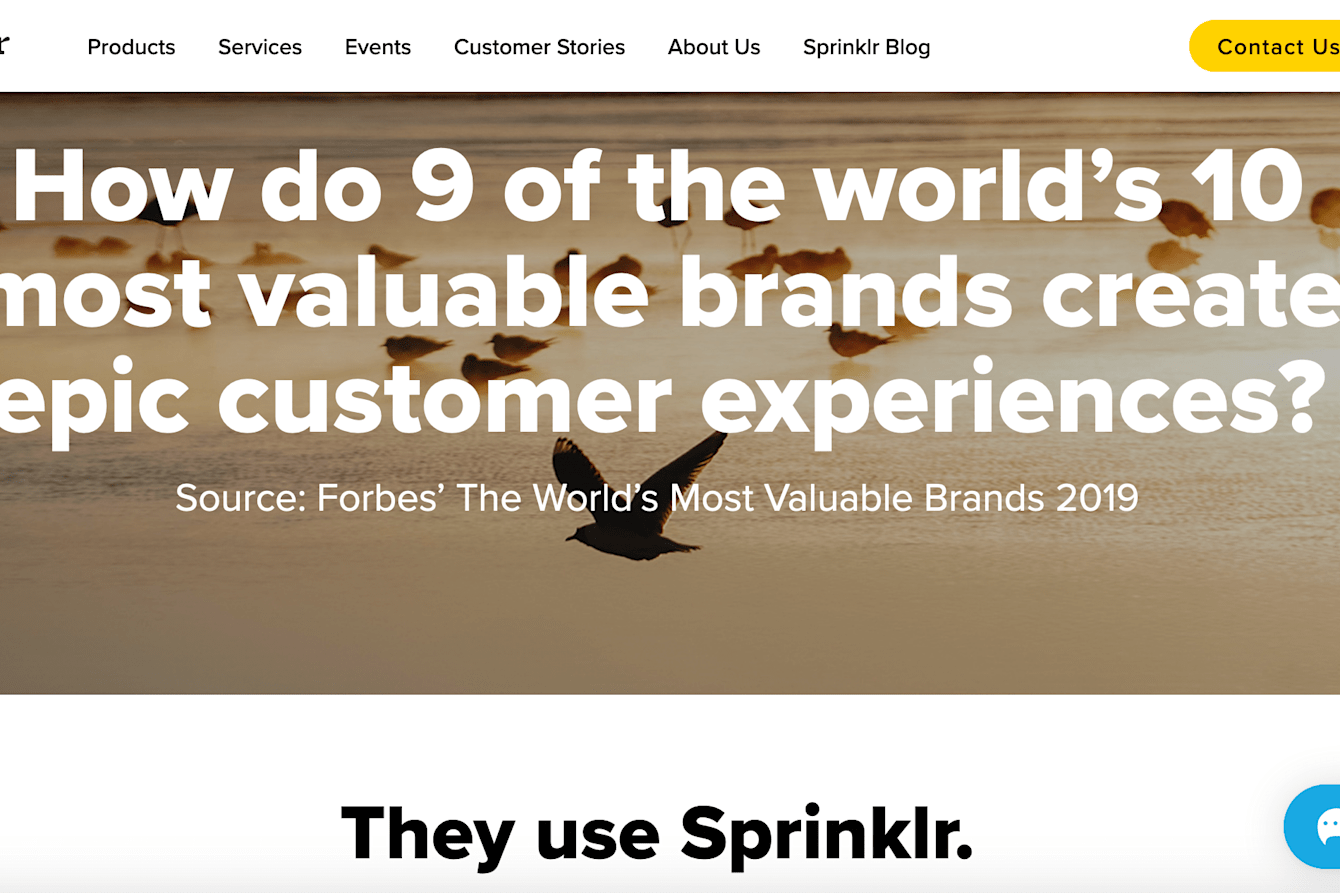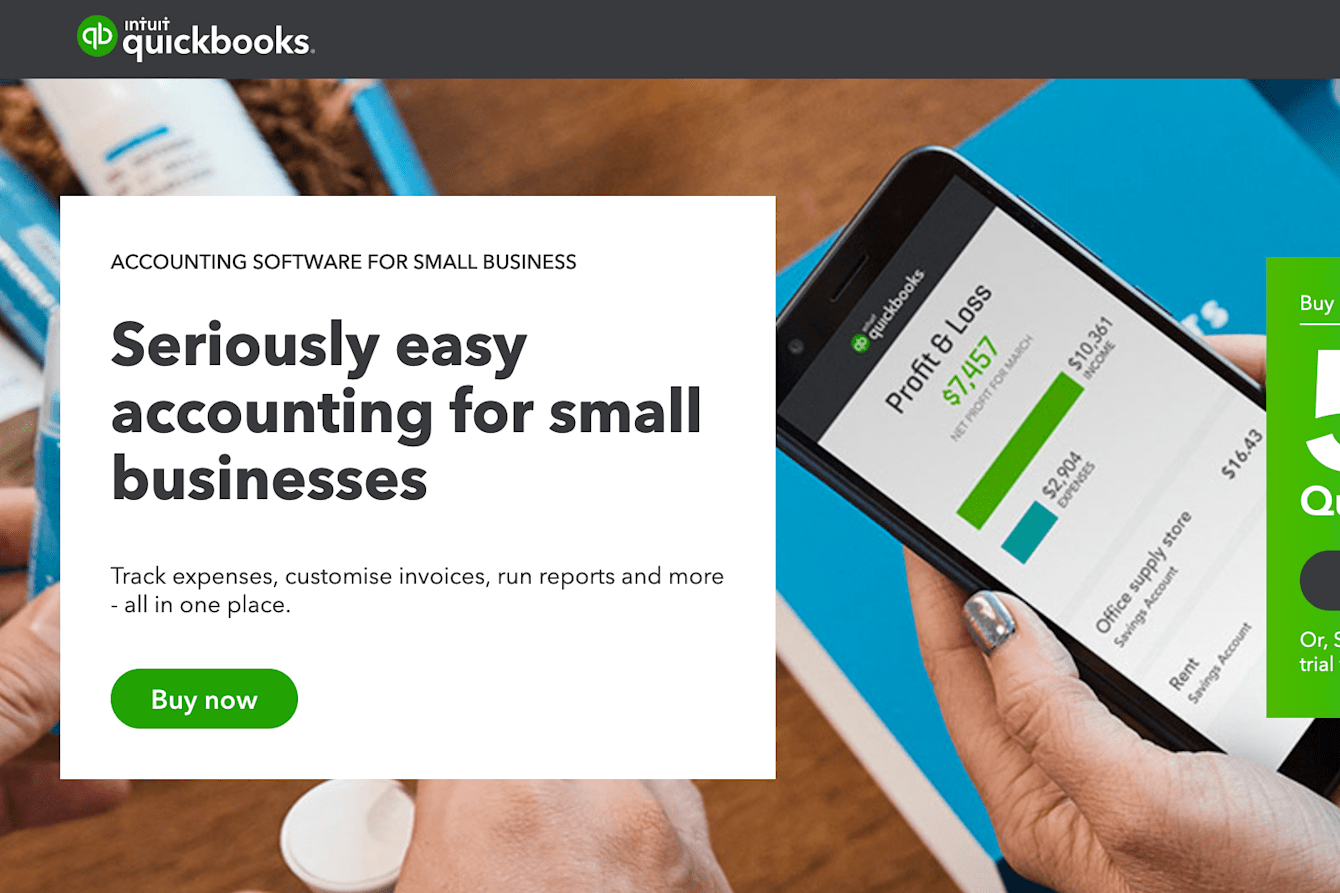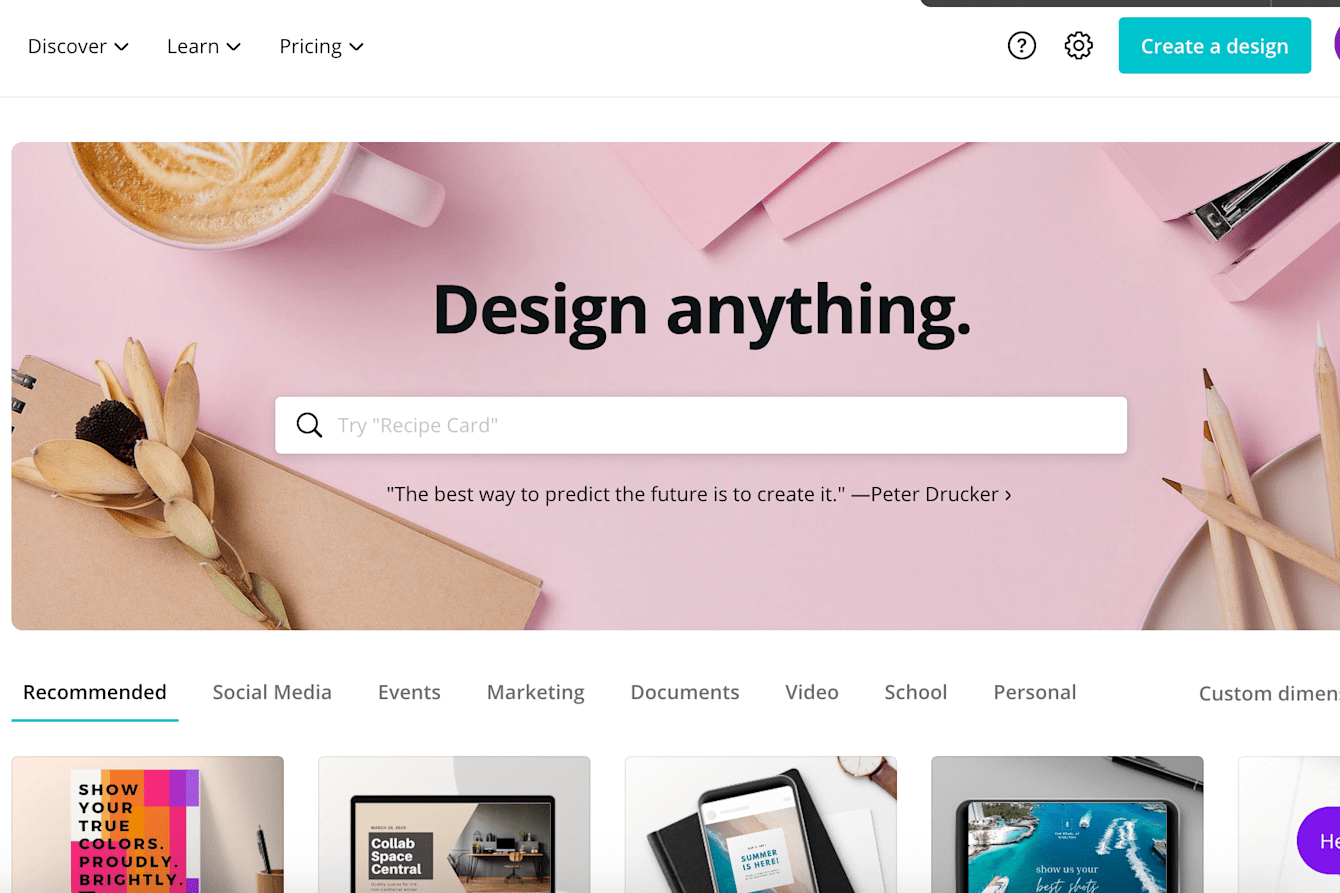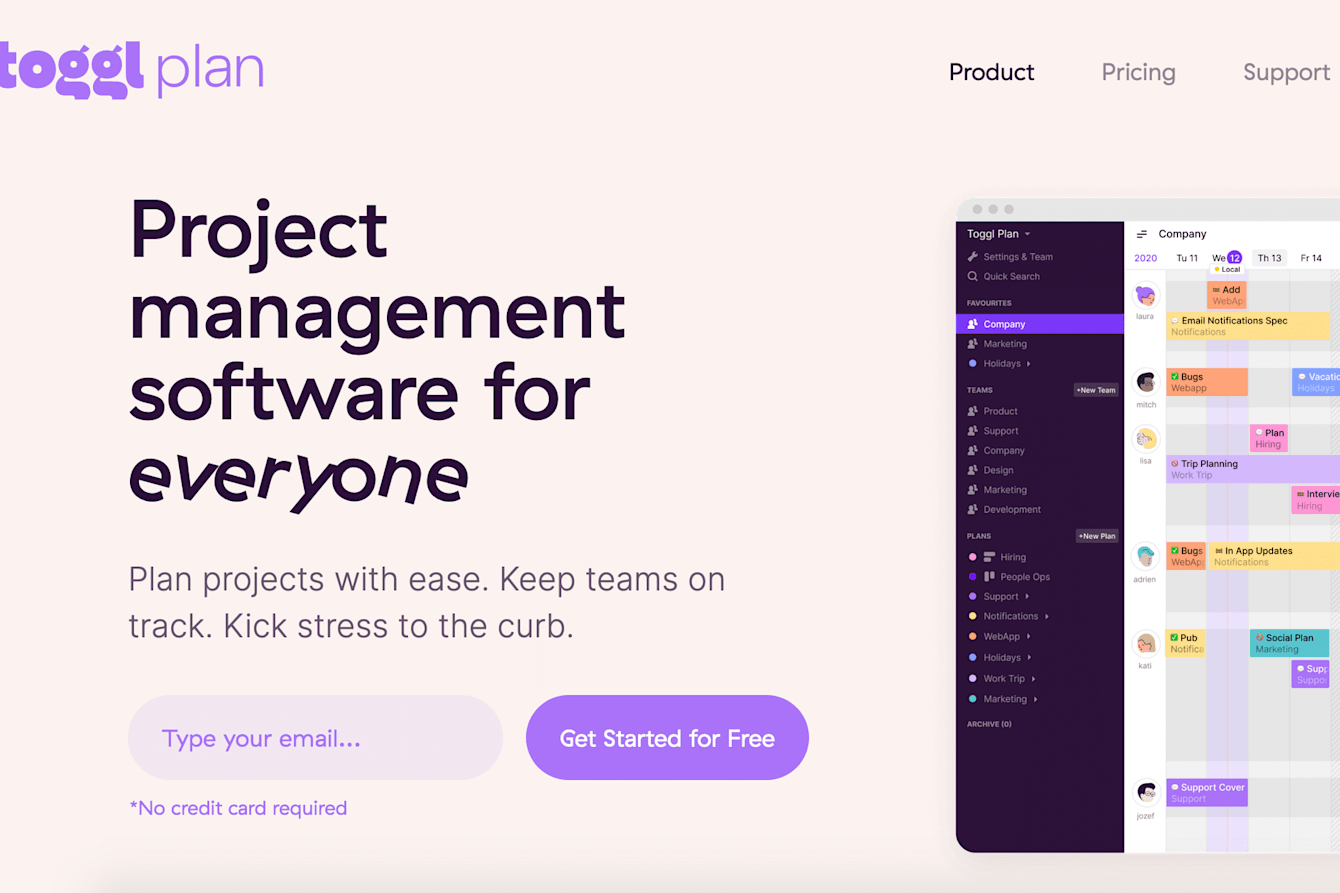By Penry Price
The pandemic and emergent technologies are transforming the future of work. LinkedIn’s Penry Price writes about how B2B brands can leverage existing tools in order to remain ahead of the curve.
People are actively rethinking their careers, including where, how and why they work. We are in the middle of a ’great reshuffle’ and B2B brands are facing new challenges, including targeting prospective buyers who are leaving jobs for new opportunities.
B2B marketers have to face what’s in front of them: thousands of moving or vanishing sales targets. As of August 2021, 55% of the workforce was looking for another job. For B2B players that have spent the last few years building out prospects lists, such employee migration means many of the targets in which they have invested time and resources to identify have since left or are thinking about leaving their current employer.
For B2B advertisers, this employee migration can be frustrating because you’re starting over from scratch for a decent chunk of your target audience. For B2B sales managers, it brings up another conundrum – are your top sales pros taking their lists with them? While these issues may keep some B2B players up at night, this industry is prepared to adjust and thrive during the great reshuffle.
Investing in digital
In the past year and a half, marketers have gone from in-person conferences to online marketing outreach, webinars, paid advertising and more. That means that today’s B2B marketers need digital engagement tools that build relationships with groups of buyers and other decision makers. Marketers also need to invest in tactics to reach business prospects with meaningful, relevant content that drives interest and sales faster than traditional wining and dining.
B2B brands need to know how to reach the right audience with the right message to show their value, drive connection and demonstrate consideration in ways that are only possible with the frequency that online content and advertising makes possible. Therefore, B2B marketers must invest more in digital tools today than ever before, not only because of the global shift we’ve made online, but also because it’s efficient, personalized and measurable.
Leaning into buyer intent
At the same time, that crash course in all things digital prepared B2B players for this moment. B2B marketers think more and more about leveraging first-party data on their owned digital properties and combine it with the intelligence of other digital platforms to organize customers and prospects into buyer groups based on professional attributes, similar to how B2C segments online audiences.
But buying groups are only one piece. Given that only 5% of potential buyers are in-market to make a purchase, marketers and sales professionals must rely on signals to understand how, when and where to reach their audiences. That’s where buyer intent becomes even more critical.
Buyer intent allows marketing and sales teams to better understand how likely customers and prospects are to purchase a product. For instance, let’s say the marketing and sales team works for a retail-focused chatbot supplier. This intelligence allows them to avoid taking a list of 1,000 and making an irrelevant offer to most of them, wasting time and resources, and instead focus on the right 100 retail CTOs with the right message.
This precision can transform full-funnel strategies in significant ways. Since casting a wide net to capture as many leads as possible is a thing of the past, B2B marketers can now spend their budget more wisely and deliver a more targeted cohort of prospects, enabling sales teams to more efficiently build relationships with qualified leads rather than going from one proverbial fishing hole to the next. All of this allows B2B players to move prospects down the funnel in a more efficient, nurturing way for both parties, which should lead to more deals being closed.
For those who spend their days thinking more about B2C marketing, buyer intent is essentially the equivalent to the purchase intent that revolutionized the retail and CPG space 15 years ago with the advent of online search advertising via Bing, Google and other platforms. Indeed, buyer intent, coupled with a real understanding of buyer groups, is a powerful data point that B2B marketers need not only in this post-pandemic world, but also in the privacy-first environment that we live in.
Connecting with smarter conversations
The players that made it through the steep learning curve of the last 20 months should feel heartened. Even if they’re concerned about reaching the right buyers at the right time as a result of the great reshuffle, we’re in the middle of a pivotal moment for both marketing and sales professionals. The good news is, marketers can now target in a much smarter way.
Indeed, stronger marketing efforts are in reach, which will make buyer-seller conversations more intelligent and efficient. And that seems to be an underlying lesson of the last 20 months – everyone wants their time to be well spent.
For more, sign up for The Drum’s daily US newsletter here.
By Penry Price
Penry Price is vice-president of marketing solutions at LinkedIn.




